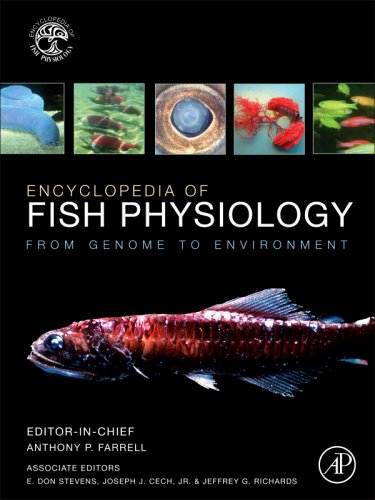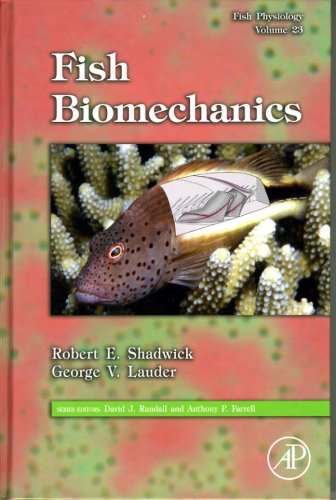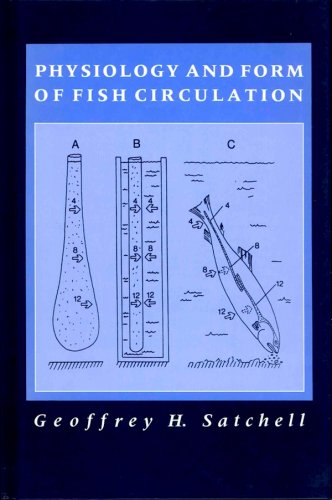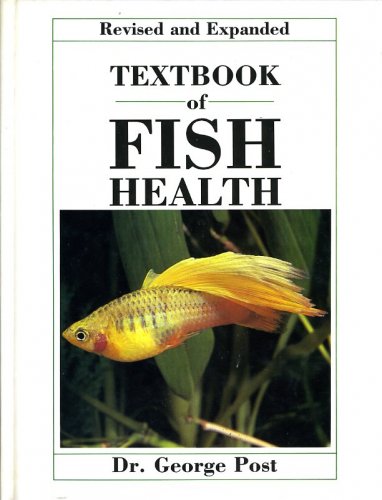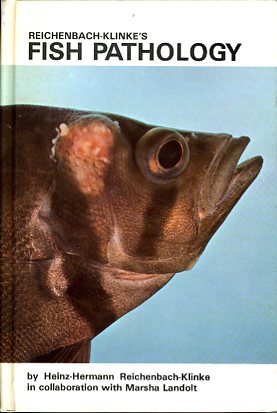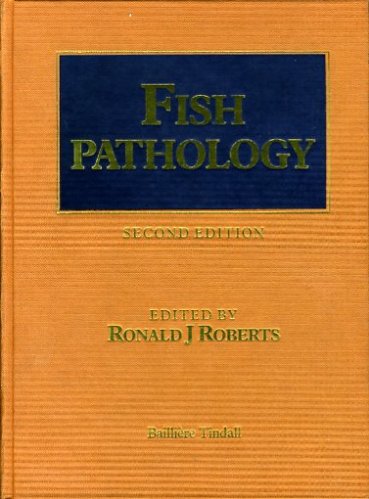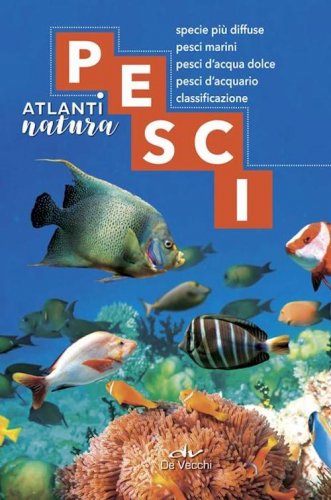Encyclopedia of fish physiology
from genome to environment
Encyclopedia of fish physiology
from genome to environment
- Disponibile in 7 giorni
- Possibilità di reso entro 10 giorni lavorativi
- Transazione sicura con carta di credito, Paypal o bonifico bancario
- Spedizione tracciata con SDA
Fish form an extremely diverse group of vertebrates. At a conservative estimate at least 40% of the world's vertebrates are fish. On the one hand they are united by their adaptations to an aquatic environment and on the other they show a variety of adaptations to differing environmental conditions - often to extremes of temperature, salinity, oxygen level and water chemistry. They exhibit an array of behavioural and reproductive systems. Interesting in their own right, this suite of adaptive physiologies provides many model systems for both comparative vertebrate and human physiologists. This four volume encyclopedia covers the diversity of fish physiology in over 300 articles and provides entry level information for students and summary overviews for researchers alike. Broadly organised into four themes, articles cover Functional, Thematic, and Phylogenetic Physiology, and Fish Genomics Functional articles address the traditional aspects of fish physiology that are common to all areas of vertebrate physiology including: Reproduction, Respiration, Neural (Sensory, Central, Effector), Endocrinology, Renal, Cardiovascular, Acid-base Balance, Osmoregulation, Ionoregulation, Digestion, Metabolism, Locomotion, and so on. Thematic Physiology articles are carefully selected and fewer in number. They provide a level of integration that goes beyond the coverage in the Functional Physiology topics and include discussions of Toxicology, Air-breathing, Migrations, Temperature, Endothermy, etc. Phylogenetic Physiology articles bring together information that bridges the physiology of certain groupings of fishes where the knowledge base has a sufficient depth and breadth and include articles on Ancient Fishes, Tunas, Sharks, etc. Genomics articles describe the underlying genetic component of fish physiology and high light their suitability and use as model organisms for the study of disease, stress and physiological adaptations and reactions to external conditions.

